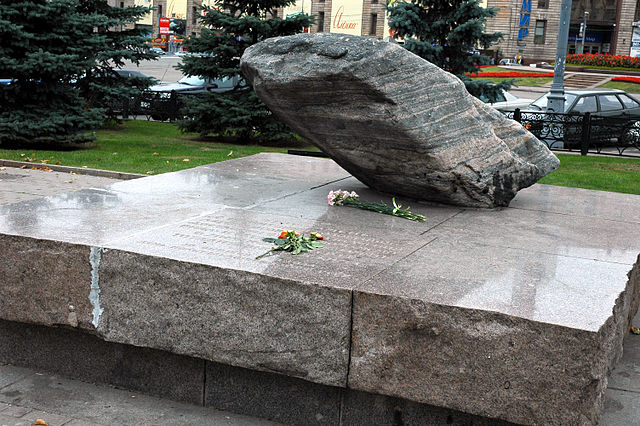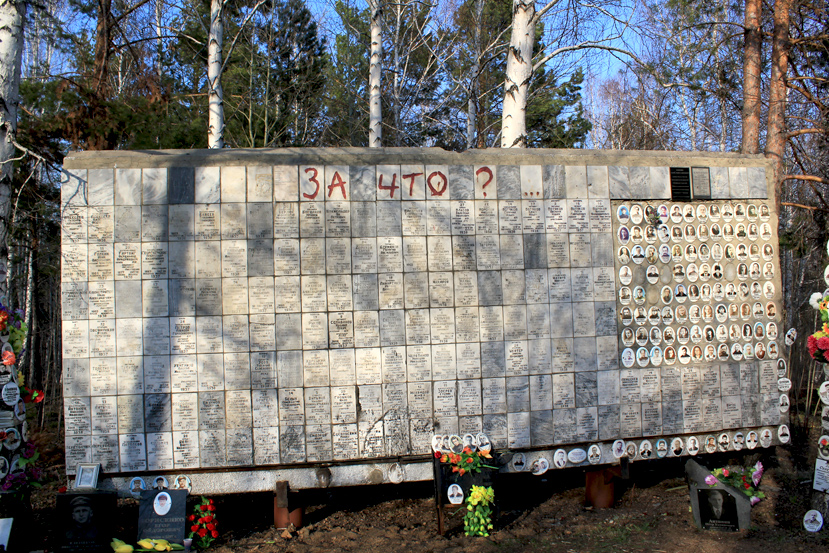After fierce combats in the northern part of the Italian Peninsula, Polish soldiers triumphantly entered Bologna.
The last weeks of the World War Two in Europe. Last, but critical engagements, and at the same time, more victims. In the morning of 16 April 1945 the operation of crossing the Oder river started, in which soldiers of the First Polish Army took part. Among the Polish units the First Infantry Divisio
On October 30, 1989 three thousand people with candles in their hands surrounded the KGB building in Moscow. They wanted to show they remember about the victims of the Stalin crimes.
For several decades after the war, families referred to the victims of the Roundup as “missing” because they did not know their fate. Many believed that they had been deported to Sybir, and that they would one day return. It was not until 2011 when Nikita Petrov, a researcher from the (now illeg
The date of 11 November 1918, being the day on which Poland regained its independence, is a symbolic date. Exactly on that day, an armistice ending the First World War was concluded in a wagon in the forest of Compiègne.
There was a time when large numbers of Poles in the Soviet Union lost their lives simply because of their origin and surname. One of the elements of the “Great Terror” unleashed by Stalin in 1937-1938 was the so-called “Polish Operation”, in which NKVD officers, on suspicion of espionage, mu










